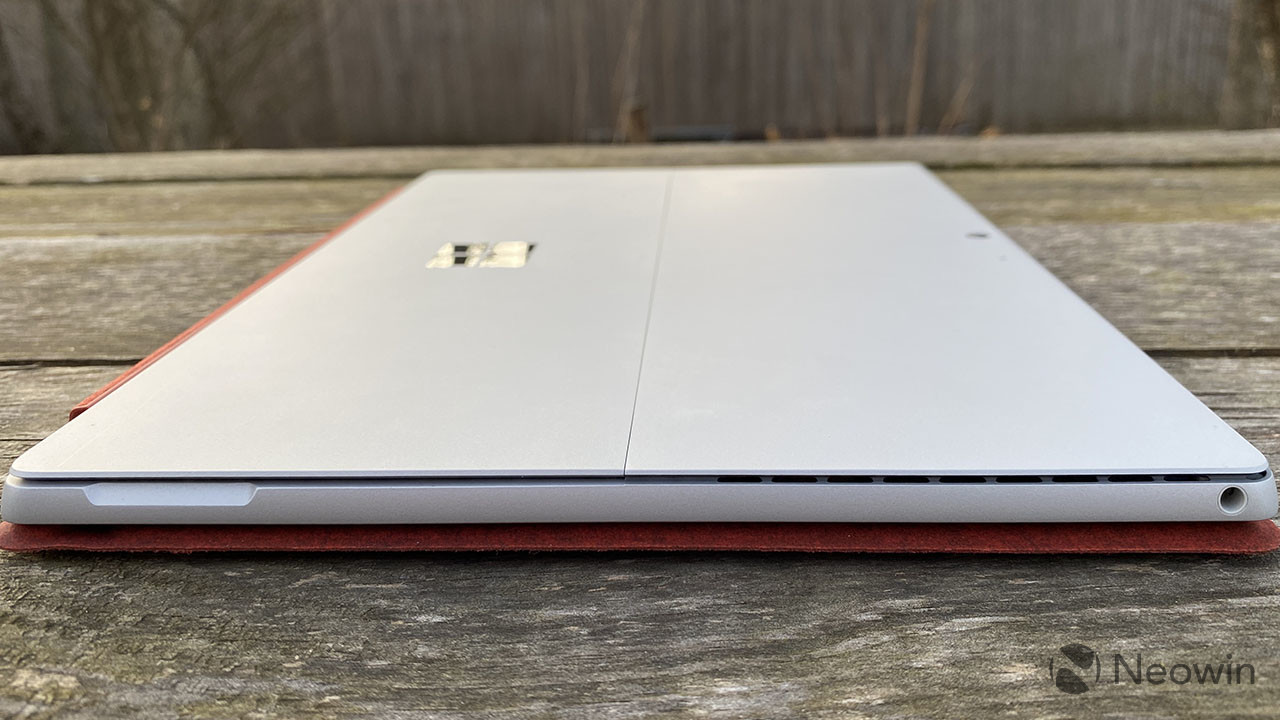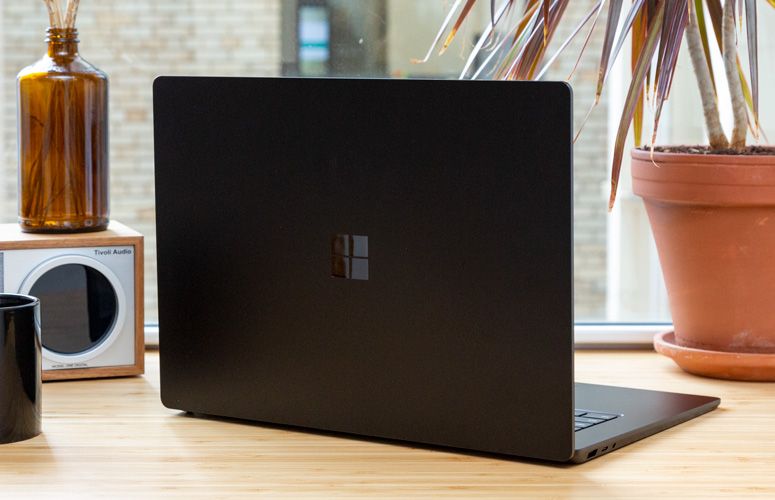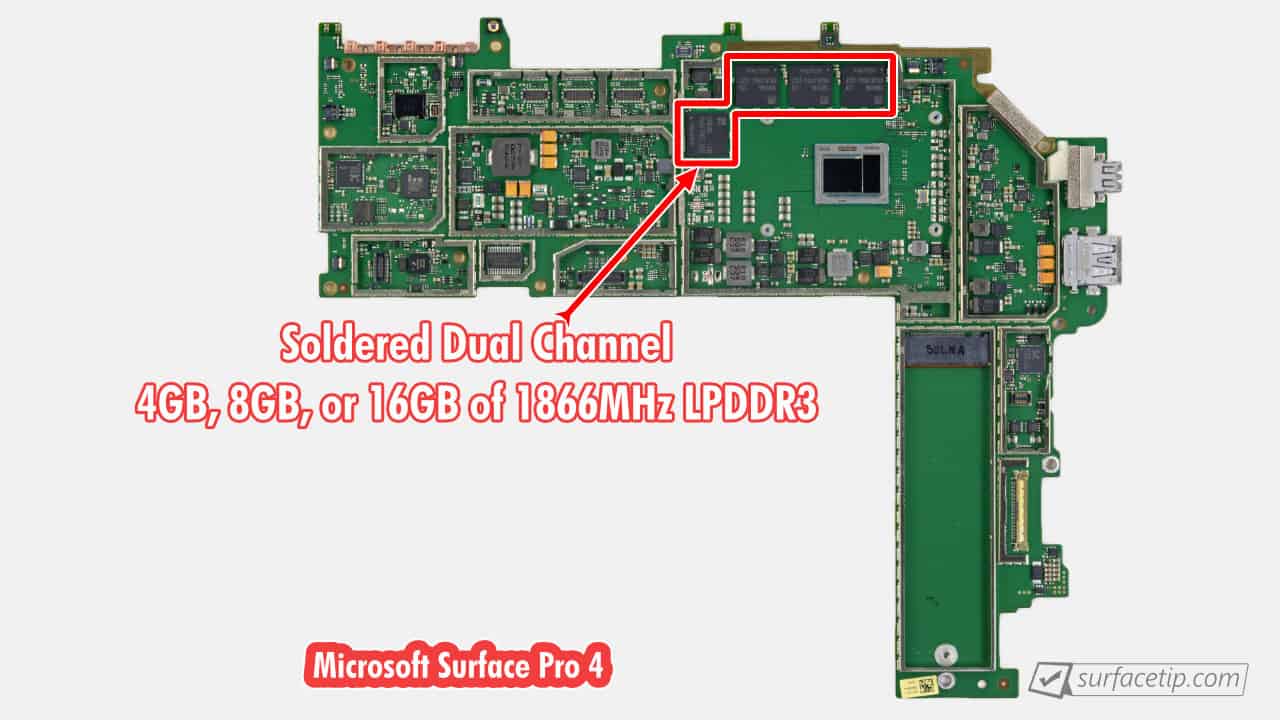

The flash drive will be a bootable media to boot your Microsoft Surface or Surface Pro. Use it to save your backup image of Microsoft Surface or Surface Pro original SSD.Ī Bootable USB flash drive. If you have problems with Microsoft Surface change SSD drive, you can consult your computer’s manufacturer.Įxternal hard drive. If you decide to do Microsoft Surface SSD upgrade, for example, upgrade SSD in Surface Pro X, there is something you should know.įind a suitable larger SSD drive.

Thus, the best way to avoid these problems is replacing Microsoft Surface SSD drive.

Besides, you’ll probably get a slow response and software crash in your system. You may get a " low disk space" notification when the SSD is almost full. The most representative product includes Microsoft Surface, Microsoft Surface Pro 2, 3, 4, 6, or 7, Surface Book, Surface Studio, and many more.Īs everyone knows, the Microsoft Surface series comes with a small SSD drive typically 128GB or 256GB, with times goes by, you’ll find the small SSD drive can’t meet your demands any more. And it’s easy to carry, so that many users are enjoying it.
Open the Settings app, then click Recovery -> Reset PC.Microsoft Surface (also known as Surface) is a tablet series designed and developed by Microsoft, which is famous for its interactive design and diverse application scenarios. Again, this is optional, but if you're planning to give the SSD away or sell it, it's good to be on the safe side. zip file is extracted and your personal files are all backed up, you're ready to reset your Surface Pro 8. zip archive into the USB flash drive - make sure the drive is formatted and using the FAT32 file system beforehand. Download the recovery image, which is a. You can find the serial number under the kickstand, near the middle of the device. Choose the Surface Pro 8 and enter the serial number of your product. Go to the Surface recovery image download page. Back up your personal files to a cloud storage service like OneDrive, or use an external HDD or SSD ( not the same as the USB drive you're using for recovery). Then, you can reset your PC if you want to erase all your data, which you probably do if you're selling the SSD or giving it to someone else. To do that, you'll need a recovery image on your USB flash drive, and you may also want to back up your files. If you're getting rid of your old SSD, the first thing you need to do is make sure you can start over with your new one after the fact. Preparing to replace the SSD on the Surface Pro 8







 0 kommentar(er)
0 kommentar(er)
